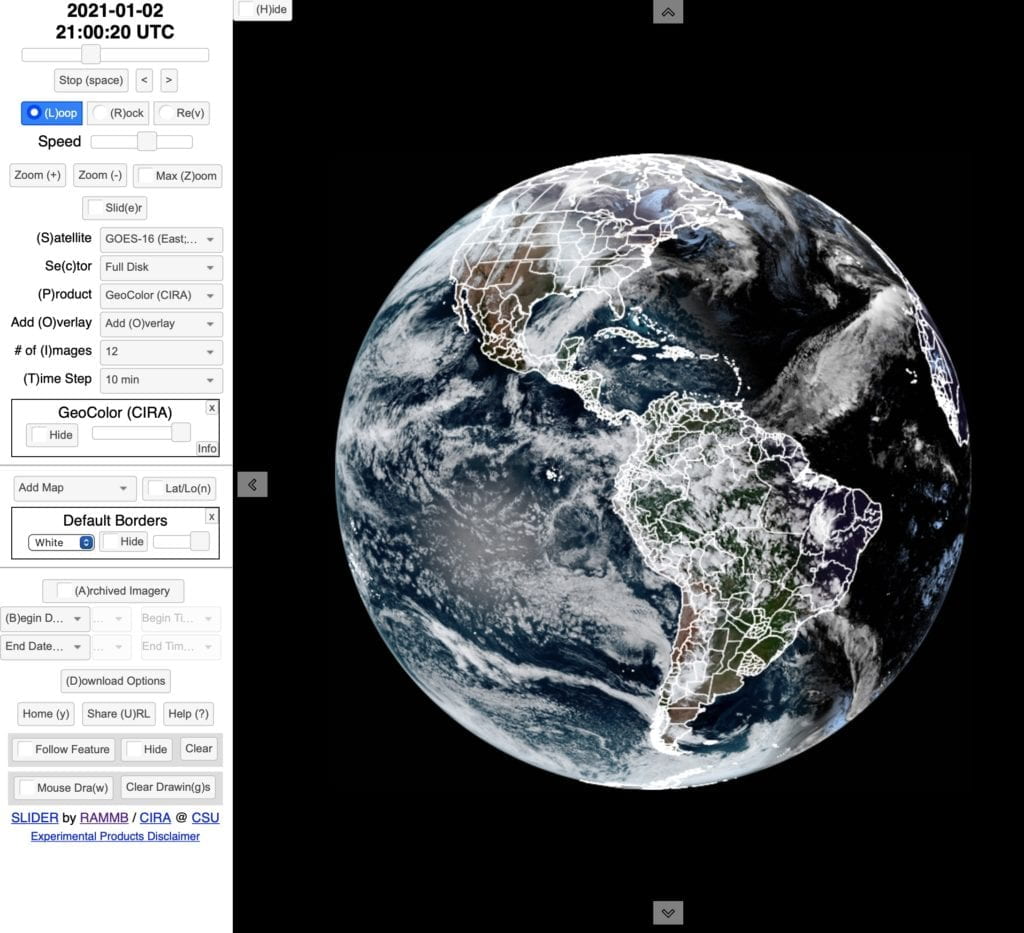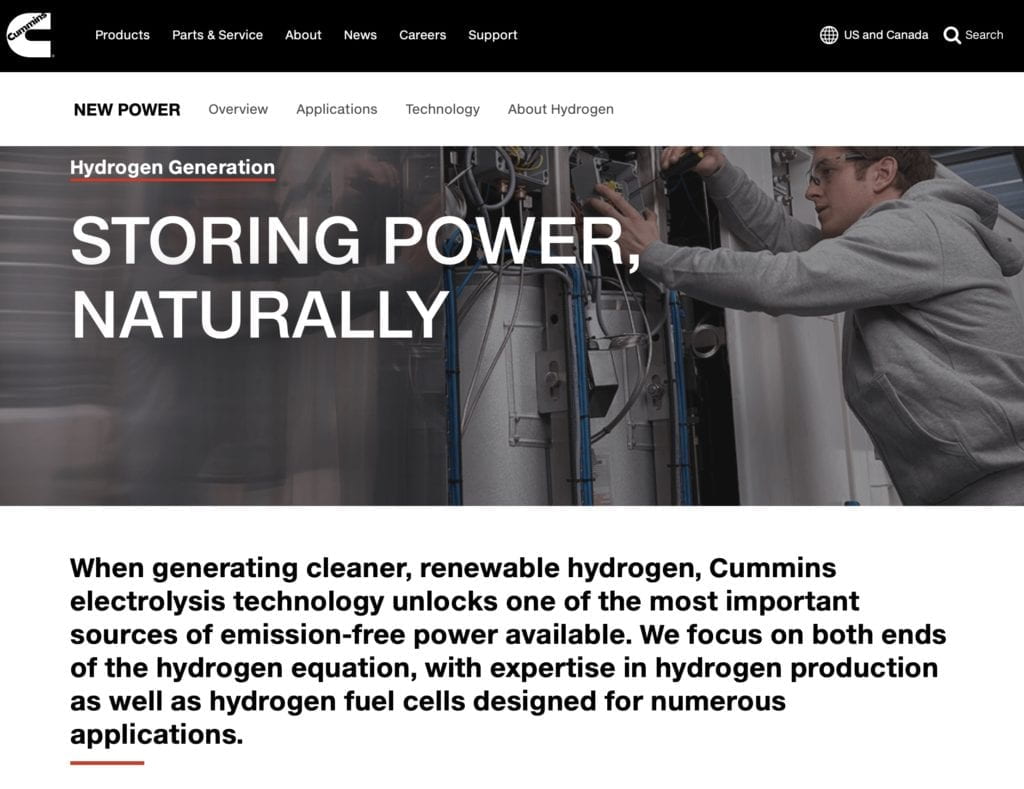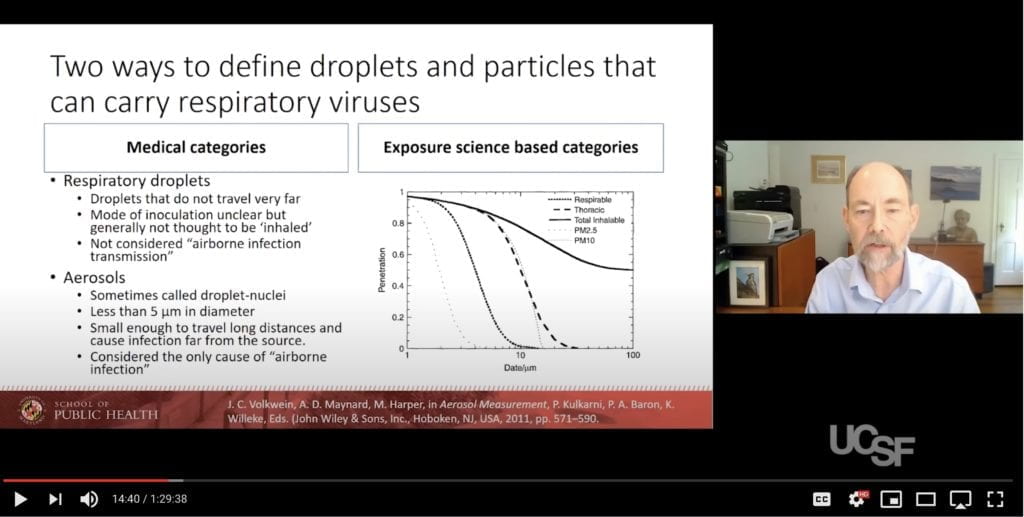
Plastic Pipes and Drinking Water
Most schedule 40 PVC found in homes and offices is white pipe with a National Sanitation Foundation (NSF) rating for potable water. The drawbacks with this type of PVC pipe are that it will degrade when exposed to short wave UV light (contained in sunlight) and at higher temperatures, the plastic softens and releases constituent compounds into the surrounding air and water. Because of these issues, PVC piping is not generally approved for use in houses for potable (drinkable) water. When PVC (and other plastics) are heated the processes of outgassing and the migration of chemical compounds from plastic begin. Some of the component chemicals which leach into the water supply are able to negatively impact living cells with concentrations of one part per trillion.
There are many websites that argue PVC pipe is both safe and unsafe. References to PVC pipe made last century indicate that a number of the chemicals used in PVC manufacturing are known to be mutagenic.
A possible solution is to replace your PVC pipes with an approved material such as CPVC (a stronger type of PVC) or copper. Both materials are considered safe for potable water. Though again, there are online claims indicating that each material is toxic.
The plasticizer most commonly used in the creation of polymerized vinyl chloride comes from a class of phthalate compounds specifically known as di ethyl-hexyl phthalate. Phthalates are known mutagenic and endocrine-disrupting agents. They have been classified by the following entities accordingly: NTP: Reasonably anticipated to be a human carcinogen. EPA: Probable human carcinogen. IARC: Possibly carcinogenic to humans.
A certain amount of leaching occurs during the transport of fluids at room temperature. The higher the temperature, the greater the number of molecules of plasticizer and associated compounds
Our technological society is inextricably dependent upon petrochemicals and plastics. Discounting the leaching of carcinogens, mutagens, and teratogens into the water supply and bodies of inadvertent hosts, plastics, in general, may be thought to be relatively stable in that they do not decompose into component chemicals. Plastics break down into smaller and smaller pieces, finding their way into the stomachs and cells of nearly every living thing. The first plastics ever created are still around as particulate matter that we inhale, eat, and drink, as well as in our landfills and rain.
But that’s another post. The practical reality is that plastics inform and better every aspect of human life.
Unless you have a source for water treated with a reverse osmosis filter, before you drink or cook from tap water, follow the rule from the age of copper pipes with lead solder joints and brass valves: never drink hot tap water and let the cold water run for a minute or two (to flush the pipes from lead and leachates) until it gets cold (indicating outside water supply) before using it.
Live Satellite Animations of Earth
Cummins leads on hydrogen technology
Covid-19: How the Virus Gets in and How to Block It: Aerosols, Droplets, Masks, Face Shields, & More
We Are What We Eat
https://youtu.be/TLpbfOJ4bJU



